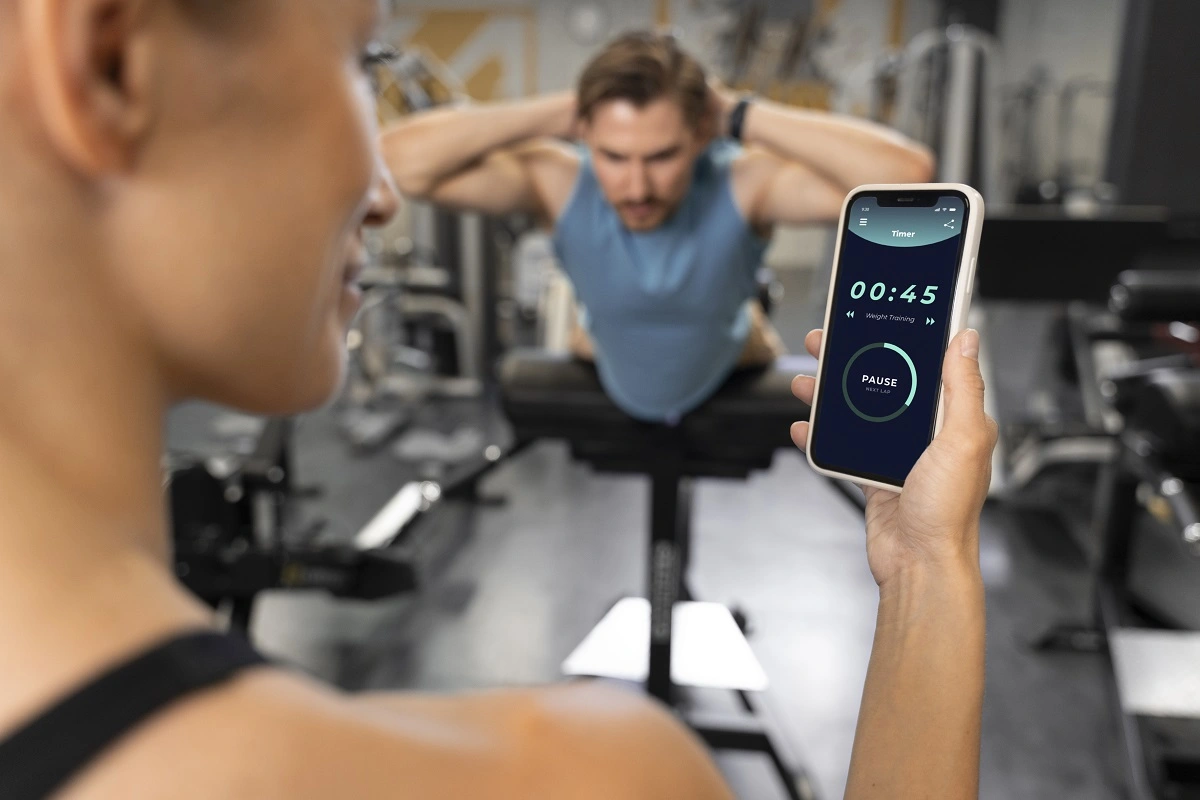Foot moisture is the natural enemy of every diabetes patient. A wet foot increases the likelihood of blister formation and fungal infection. These are problems that diabetes patients may not be able to notice right away with the limited sense of feeling in their extremities. This can allow infections to fester, potentially requiring amputation or worse, when they are finally discovered. Thankfully, diabetic socks can reduce the amount of moisture present in the foot, in turn lowering the odds for these potentially serious problems to develop.
Importance of Moisture Wicking Socks for Diabetics
While working out, each foot can accumulate one pint of moisture. Not all of it is actually produced by the foot, as gravity causes sweat from the rest of the body to pool at the feet. Still, that is a lot of sweat to contend with. No matter how high quality a pair of socks are, there is no way they can absorb it all. That is why the best diabetic socks are designed to let your feet breathe. Socks for diabetics also allow moisture to evaporate through the sock so that the foot does not remain wet. This is called moisture wicking.
Some materials allow moisture wicking more readily than others. For example, cotton fiber swells up significantly when it becomes wet, creating an obstacle to any moisture trying to escape. Wool is slightly better, as it swells up a third less than cotton. These swollen fibers limit the air spaces available for evaporation to take place, retaining more water as a result. Diabetes patients cannot afford any significant obstacles to moisture wicking. The synthetic fibers typically used in diabetic socks swell up slightly when wet, creating the best possible environment for efficient water evaporation and moisture wicking.
Hydrophilic and Hydrophobic Fibers
In addition to the above, socks contain both hydrophilic and hydrophobic fibers to promote the evaporation of water. Both terms are defined by the behavior of water on a flat surface. If a water droplet expands to cover a lot of the surface it is exposed to, the surface is said to be hydrophilic, or water loving. If the droplet instead forms a sphere that makes as little contact with the surface as possible, the surface is hydrophobic, or water fearing. Hydrophilic fibers guide water to the edges of the sock, where hydrophobic fibers encourage it to leave via evaporation.
A completely hydrophobic material would trap moisture inside the socks. The best composition for diabetic socks is a mix of both types of fibers. Ones that allow moisture to pass through without retaining it in the way socks made exclusively with cotton fibers do. Retained water causes the swelling discussed above.
Some Additional Benefits of Diabetic Socks, Protection, and Pain Relief
Diabetic socks also provide a number of other useful functions in addition to controlling foot moisture. They reduce pressure on the foot relative to conventional socks, reducing the likelihood of blisters in addition to moisture accumulation. Their non-elastic nature serves to prevent the constriction that leads to swelling of the foot, too. Constriction can hinder the blood flow to the area, making it more challenging for the foot to get the oxygen it needs to recover from everyday use. The high blood sugar associated with diabetes compounds this inability to heal, so diabetics should specifically look to avoid it.
The flat seam design of diabetic socks also mitigates the neurological pain that frequently afflicts diabetes patients. Finally, these socks always have some extra padding to shield the foot from the hazards of everyday life.
Conclusion
In conclusion, diabetic socks are valuable to diabetes patients because they promote water absorption far more than traditional socks. Synthetic fibers expand far less when wet compared to cotton or wool, creating the best possible environment for foot moisture to evaporate into the atmosphere. They also provide other useful benefits, making them an obvious choice for individuals looking to manage their diabetic foot symptoms.
Read: A Quick Guide On The Relationship Between Fatty Liver And Kidney Problems With Symptoms




